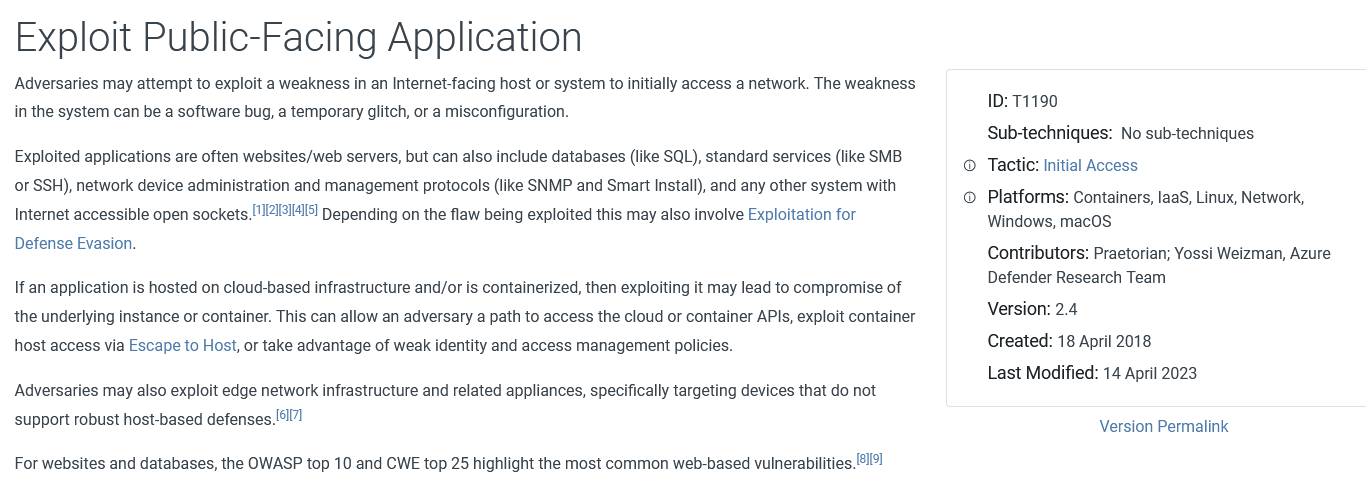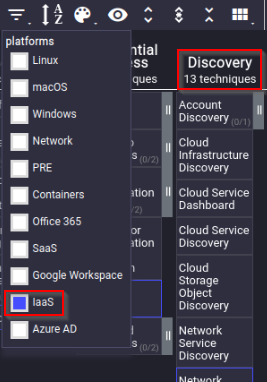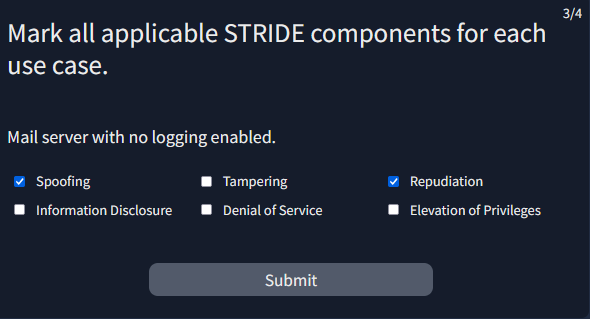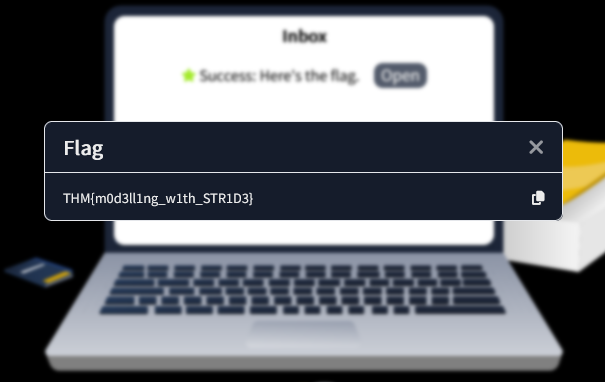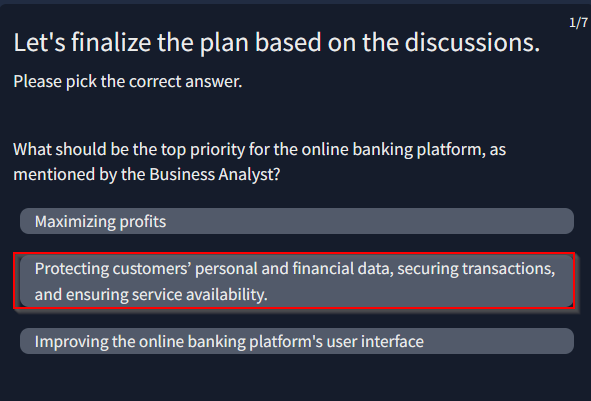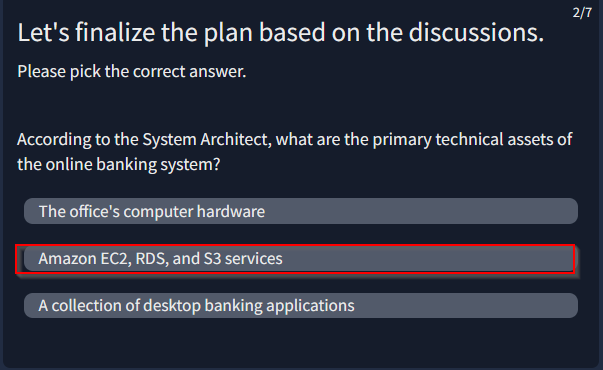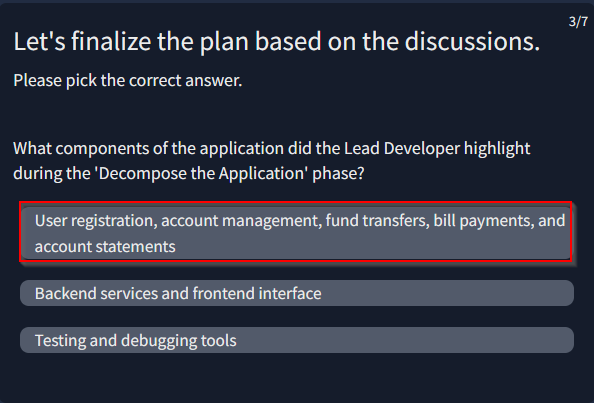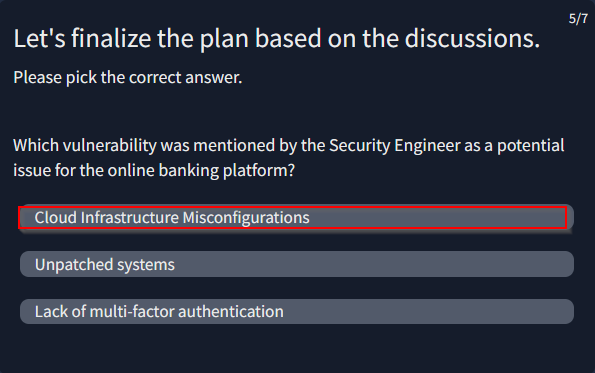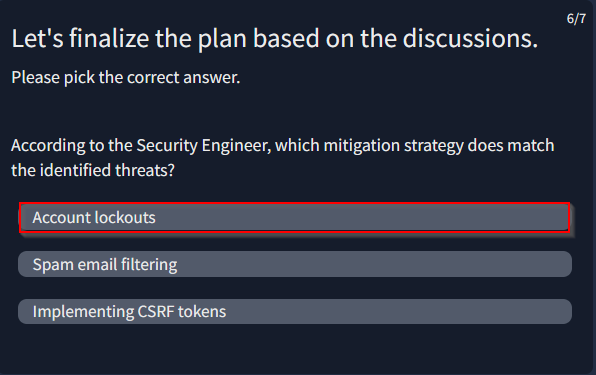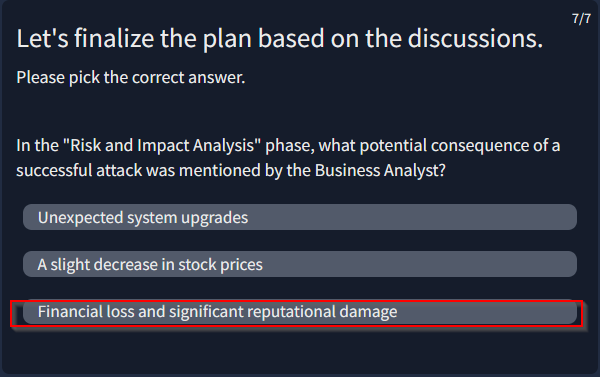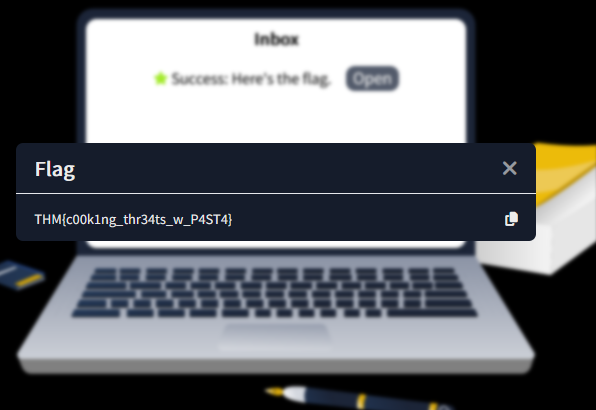Building cyber resiliency and emulation capabilities through threat modelling.
THM Room : https://tryhackme.com/room/threatmodelling
TASK 1 Introduction
Let’s start modelling threats!
No Answer.
TASK 2 Threat Modelling Overview
What is a weakness or flaw in a system, application, or process that can be exploited by a threat?
“Vulnerability : A weakness or flaw in a system, application, or process that may be exploited by a threat to cause harm. It may arise from software bugs, misconfiguration, or design flaws.”
Answer : vulnerability
Based on the provided high-level methodology, what is the process of developing diagrams to visualise the organisation’s architecture and dependencies?
“2. Asset Identification: Develop diagrams of the organisation’s architecture and its dependencies. It is also essential to identify the importance of each asset based on the information it handles, such as customer data, intellectual property, and financial information”
Answer : Asset Identification
What diagram describes and analyses potential threats against a system or application?
“An attack tree is a graphical representation used in threat modelling to systematically describe and analyse potential threats against a system, application or infrastructure. It provides a structured, hierarchical approach to breaking down attack scenarios into smaller components. Each node in the tree represents a specific event or condition, with the root node representing the attacker’s primary goal.”
Answer : Attack Tree
TASK 3 Modelling with MITRE ATT&CK
What is the technique ID of “Exploit Public-Facing Application”?
Answer : T1190
Under what tactic does this technique belong?
Answer : Initial Access
TASK 4 Mapping with ATT&CK Navigator
How many MITRE ATT&CK techniques are attributed to APT33?
Answer : 31
Upon applying the IaaS platform filter, how many techniques are under the Discovery tactic?
Answer : 13
TASK 5 DREAD Framework
What DREAD component assesses the potential harm from successfully exploiting a vulnerability?
“Damage : The potential harm that could result from the successful exploitation of a vulnerability. This includes data loss, system downtime, or reputational damage.”
Answer : damage
What DREAD component evaluates how others can easily find and identify the vulnerability?
“Discoverability : The ease with which an attacker can find and identify the vulnerability considering whether it is publicly known or how difficult it is to discover based on the exposure of the assets (publicly reachable or in a regulated environment).”
Answer : Discoverability
Which DREAD component considers the number of impacted users when a vulnerability is exploited?
“Affected Users : The number or portion of users impacted once the vulnerability has been exploited.”
Answer : Affected Users
TASK 6 STRIDE Framework
What foundational information security concept does the STRIDE framework build upon?
“As you can see, the table above also provides what component of the CIA triad is violated. The STRIDE framework is built upon this foundational information security concept.”
Answer : CIA triad
What policy does Information Disclosure violate?
| Information Disclosure | Unauthorised access to sensitive information, such as personal or financial data. | Confidentiality |
Answer : Confidentiality
Which STRIDE component involves unauthorised modification or manipulation of data?
| Tampering | Unauthorised modification or manipulation of data or code. | Integrity |
Answer : Tampering
Which STRIDE component refers to the disruption of the system’s availability?
| Denial of Service | Disruption of the system’s availability, preventing legitimate users from accessing it. | Availability |
Answer : Denial of Service
Provide the flag for the simulated threat modelling exercise.
Answer : THM{m0d3ll1ng_w1th_STR1D3}
TASK 7 PASTA Framework
In which step of the framework do you break down the system into its components?
“3.Decompose the Application Break down the system into its components, identifying entry points, trust boundaries, and potential attack surfaces. This step also includes mapping out data flows and understanding user roles and privileges within the system.”
Answer : Decompose the Application
During which step of the PASTA framework do you simulate potential attack scenarios?
“6.Analyse the Attacks Simulate potential attack scenarios and evaluate the likelihood and impact of each threat. This step helps determine the risk level associated with each identified threat, allowing security teams to prioritise the most significant risks.”
Answer : Analyse the Attacks
In which step of the PASTA framework do you create an inventory of assets?
“2.Define the Technical Scope Create an inventory of assets, such as hardware, software, and data, and develop a clear understanding of the system’s architecture, dependencies, and data flows.” Answer : Define the Technical Scope
Provide the flag for the simulated threat modelling exercise.
Strat planning > system arch > sofware dev > information secu > start planning
Answer : THM{c00k1ng_thr34ts_w_P4ST4}
TASK 8 Conclusion
I have completed the Threat Modelling room.
No Answer.

